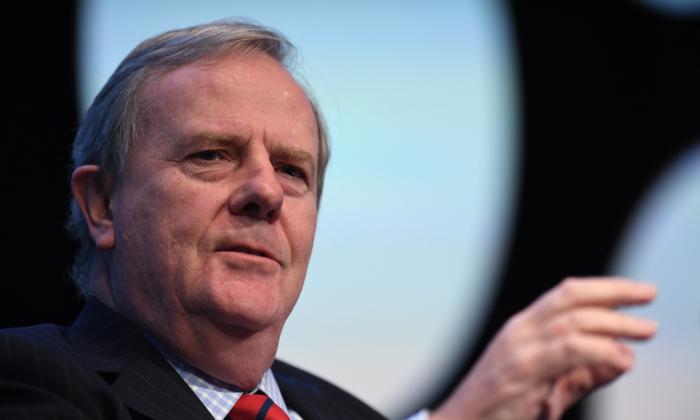The strongest wage growth since 2013 has seen an average bump of $81 to the pay packets of Australian workers, as wages top the rate of inflation for the first time since 2021.
According to new seasonally-adjusted figures released by the Australian Bureau of Statistics (ABS) for the December 2023 quarter, the average weekly ordinary time earnings for adults working full-time increased by 0.9 percent to $1,888.80, coupled with a rise of 4.2 percent across the year.
Increases exceeded inflation, which was recorded by the Consumer Price Index at 4.1 percent for the year to December 2023.
Western Australia had the highest wage growth among full-timers, averaging $2,108.
Average earnings in the ACT topped $2,080, followed by NSW at $1891, Victoria at $1858.10, and South Australia at $1,735, while Tasmania brought up the rear with $1,670.
Western Australia’s dominance in the mining sector was reflected in a $2,952 average weekly figure for workers.
Countrywide, those in information, media, and telecommunications averaged $2,406 followed by professional, scientific, and technical services at $2,223, and $2182.70 in finance and insurance.
People working in accommodation and food services were the lowest paid, averaging just $1397 per week, while those in retail get $1435 on average.
The average minimum wage in Australia is currently set at $23.23 per hour. A worker in a Sydney retail store could expect around $25 per hour, while an employee flipping burgers and serving customers at McDonald’s in any state would receive a starting rate of around $23.91 per hour.
ABS head of labour statistics, Bjorn Jarvis, said the recent rise in average earnings reflected strong wage growth.

“With the Wage Price Index rising by 4.2 per cent in the year to December quarter 2023. This was the highest annual increase in underlying wage growth since (the) March quarter 2009.”
The public and private sectors experienced similar growth at 4.9 and 4.4 percent respectively, with the boost in the purse of public servants coming via new enterprise agreements for essential workers like nurses.
ABS head of prices statistics, Michelle Marquardt, said: “Higher growth in the public sector was primarily due to newly implemented enterprise agreements for essential workers in the healthcare and social assistance, and education and training industries following changes to state-based wages policies.”
Gender Pay Gap Contracts
Figures also displayed a contraction of the gender pay gap. Women workers experienced growth of 3.5 percent in average full-time earnings over the past six months, compared with 2.3 percent for men.The December quarter’s record-low gap was 28.1 percent, down half a percent from May 2023—the third consecutive quarterly drop.
In part, the gap is maintained by women who make up around 30 percent of the 20-hour or less labour market compared with only 11 percent of men.
“The gender pay gap for all employees, including both full-time and part-time employees, is much larger than the full-time measure, with women more likely to work part-time,” said Bjorn Jarvis.
Annual growth was also more pronounced for women at 5.5 percent, compared with 4.0 percent for men.







